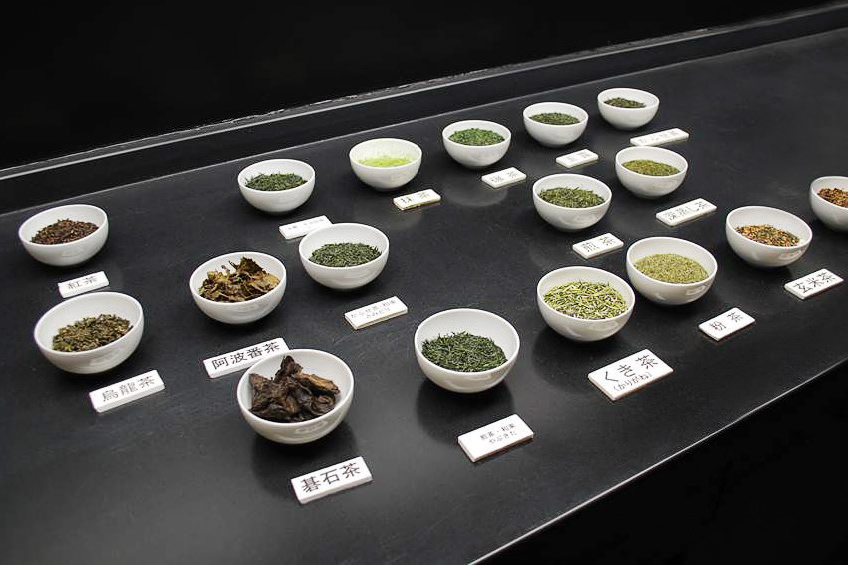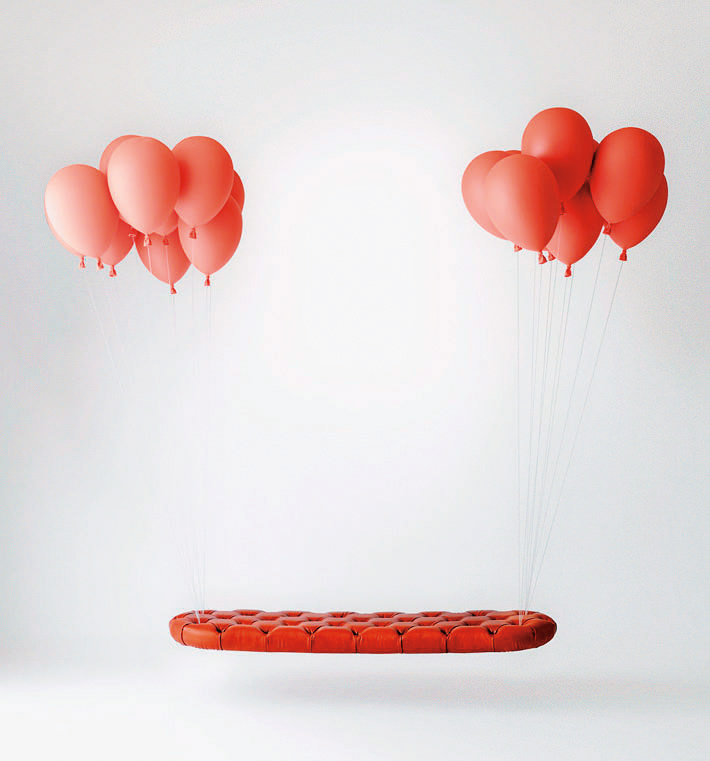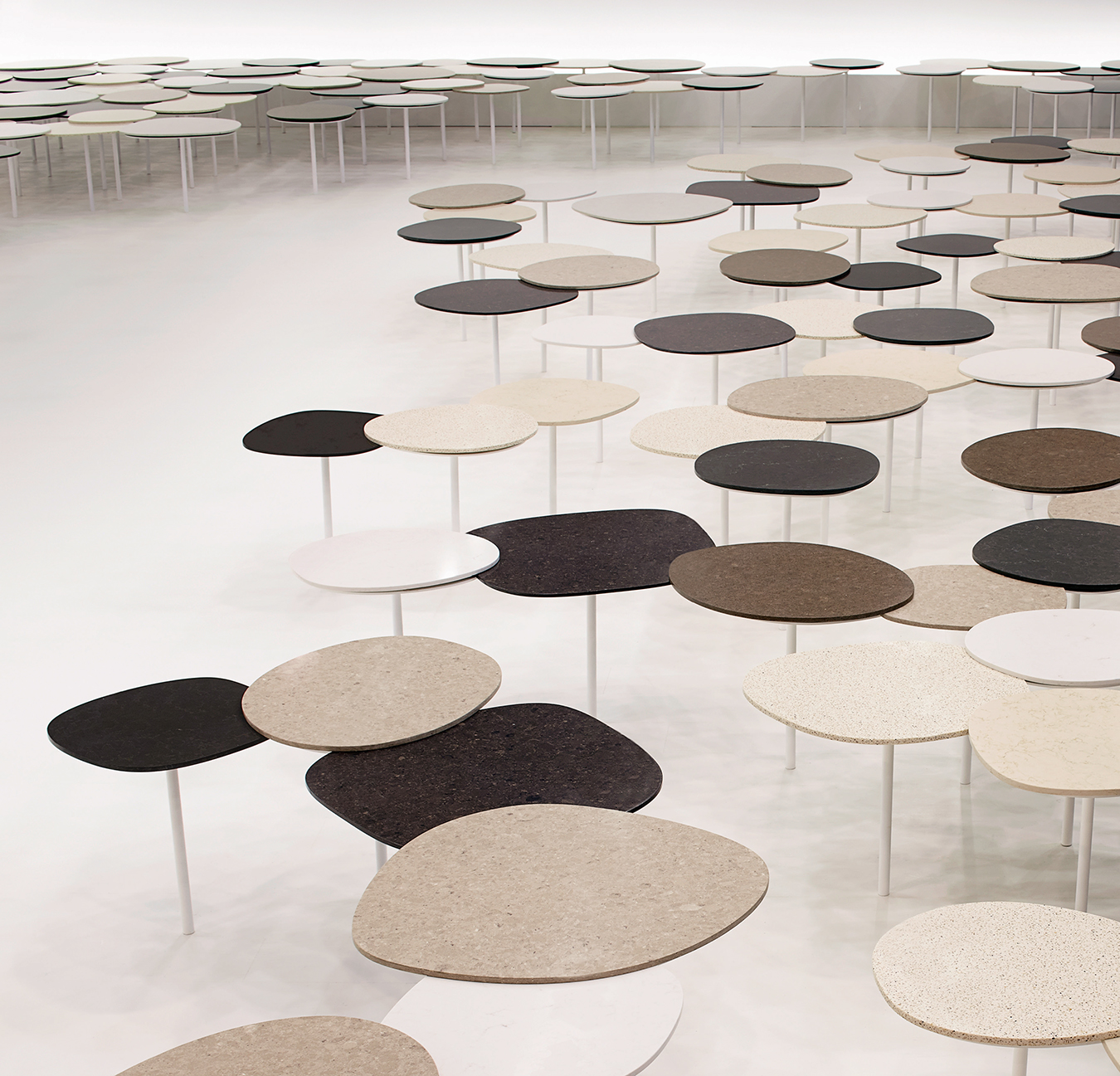-
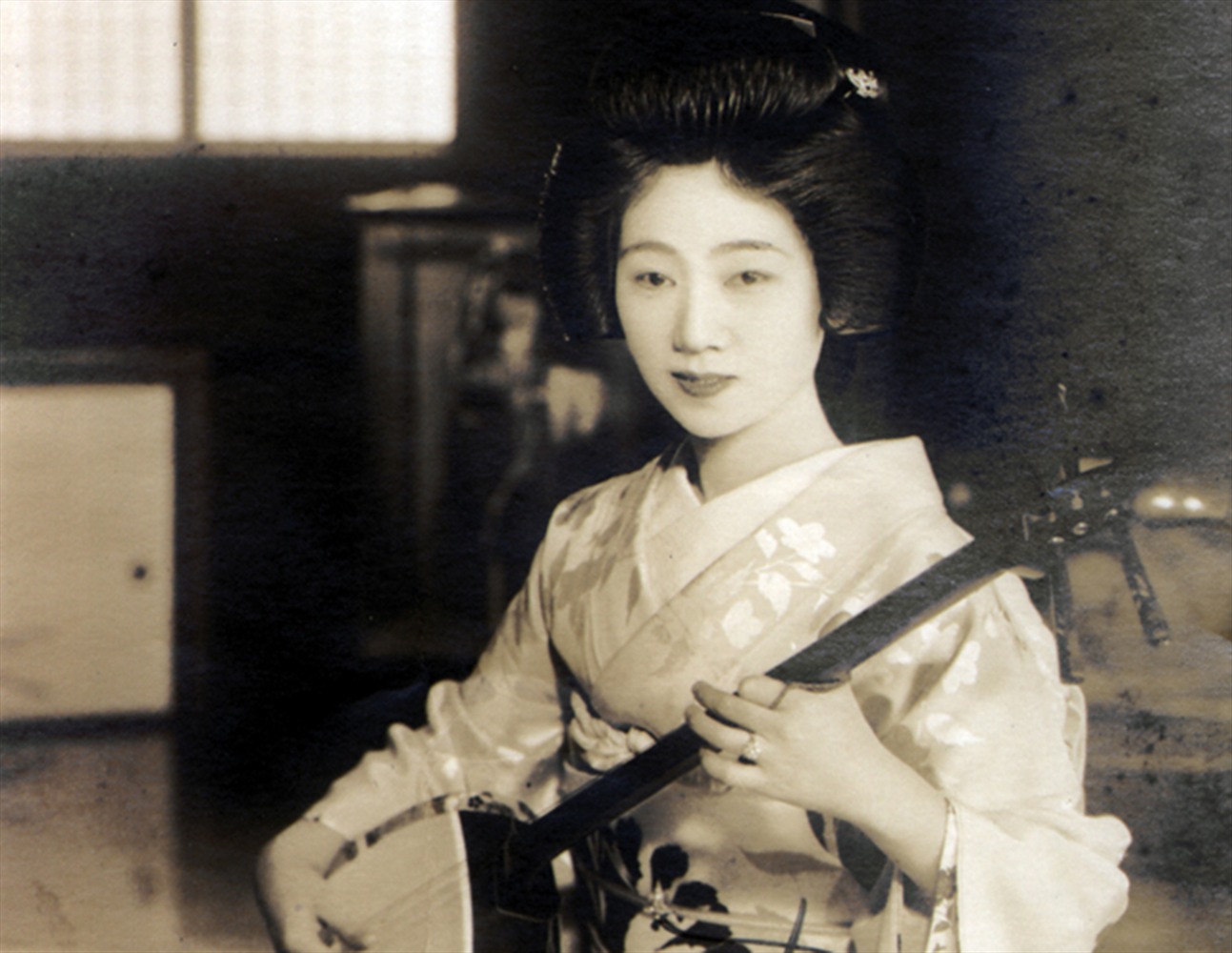
Ichimaru gave up geishahood in 1930 and became an eminent figure of popular culture.
-
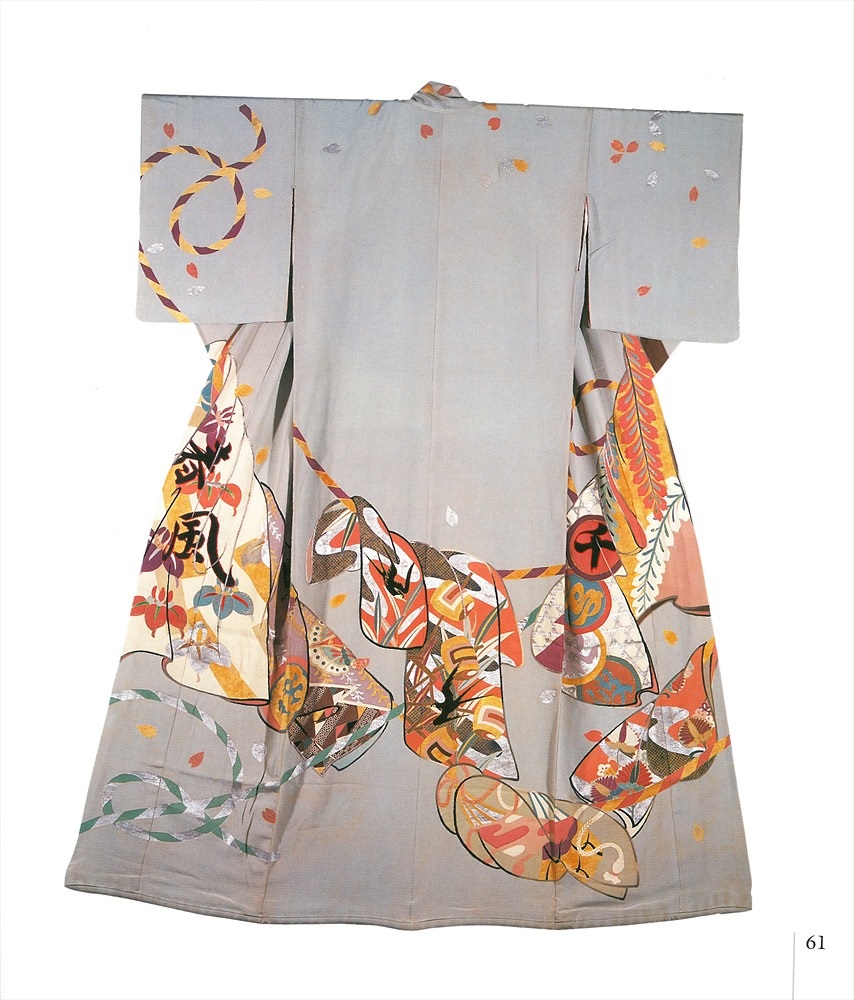
A semi-formal kimono (homongi) from Ichimaru’s collection.
-

A young Ichimaru.
-

All of Ichimaru’s kimonos were tailored to her.
-
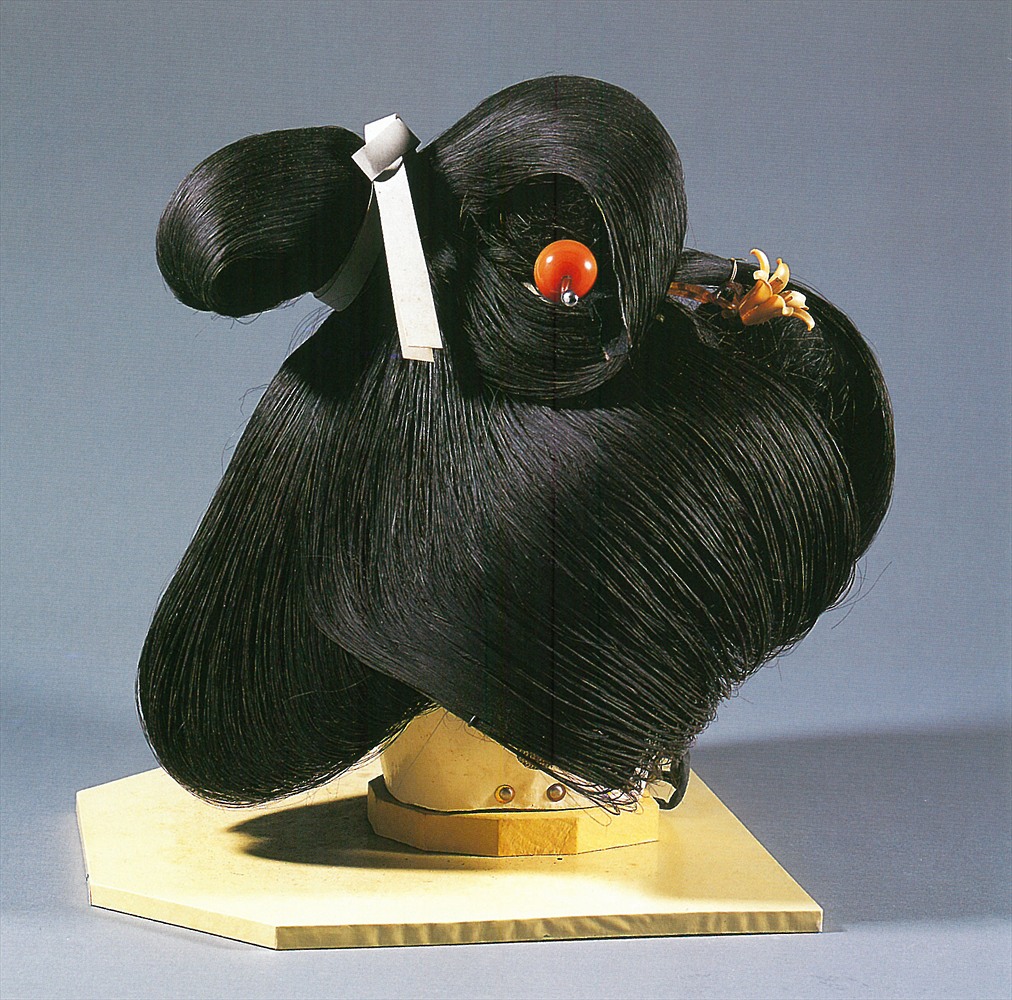
A wig that Ichimaru often wore.
-
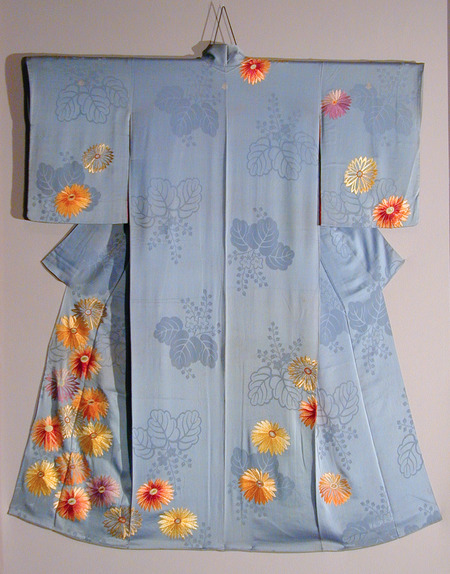
Decades’ worth of clothing saw Ichimaru through an illustrious life.
From Geisha to Diva: The Kimono of Ichimaru at the Audain Art Museum
A geisha’s true memoir.

Famed for their elegant shapes and brilliant colouring—everything from peacock blue to tangerine—kimonos are an enduring symbol of the geisha. But there is more to the garments than their admirable style. Woven into the silk or linen of a kimono is the story of the woman who donned it while performing. And no story is more captivating than that of Japan’s most sought-after geisha of the 20th century, Ichimaru. Her illustrious life is the focus of the travelling exhibition From Geisha to Diva: The Kimono of Ichimaru, which will be occupying the Audain Art Museum from October 22 to January 9, 2017.
“[The exhibit] is about looking at a relatively unknown and misunderstood custom of a culture through a different lens, through the lens of a geisha beyond the sensationalism [created by Hollywood] to something that is very culturally important to Japanese society,” says Darrin Martens, the exhibit’s curator. To Martens, Ichimaru was very much an icon of her time. She was an artist who saw a natural progression to her career in terms of what she could do and offer as pop culture became more prevalent in the Japanese entertainment industry. Showcasing her skills in the arts as a woman educated in Japanese history and literature, Ichimaru gave up geishahood in 1930 and became a pop star to great success before passing away in 1997.
Because Ichimaru’s clothing was specifically tailored for her, Martens adds that the fine detail in the silk of her kimonos provide a glimpse into her identity; not only who she was as a performer, but her private self as well.
“[The exhibit] is about looking at a relatively unknown and misunderstood custom of a culture through a different lens, through the lens of a geisha beyond the sensationalism [created by Hollywood]”
Bringing the exhibit to the Audain museum in October seems like a natural fit, as it was the Audain Foundation which originally sponsored the exhibit in 2000 when it debuted at the Art Gallery of Greater Victoria. However, Ichimaru has a deeper connection to the Audains.

When Yoshiko Karasawa, philanthropist and wife of Audain, emigrated from Japan to Canada she kept in contact with a far-reaching circle of friends which included Fumi Suzuki, the recipient of Ichimaru’s estate when she passed away at age 90 in 1997. Upon convincing Suzuki to donate a few of Ichimaru’s belongings, Karasawa eventually brought kimonos, combs, a wig, and other belongings of the geisha-turned-pop star to Greater Victoria. The collection subsequently became one of the most popular touring exhibitions the art gallery has ever hosted. “With the success of this exhibition over the years, from Canada to the United States, it’s helped demystify the concept of geisha and rewrite some mistruths and also keeps the spirit alive,” says Martens.
The exhibit’s re-iteration at the Audain museum will continue to tell Ichimaru’s story, but more thoroughly than ever before, as weeks prior to the opening Karasawa will be flying back to Japan to procure more of Ichimaru’s personal belongings. With decades’ worth of items and clothes that saw Ichimaru through an eminent life, From Geisha to Diva will shed light on one of Japan’s most enigmatic stars.
Images provided by the Audain Art Museum.
From Geisha to Diva: The Kimono of Ichimaru runs from October 22 until January 9, 2017, at the Audain Art Museum, 4350 Blackcomb Way, Whistler, British Columbia, Canada V0N 1B4.

